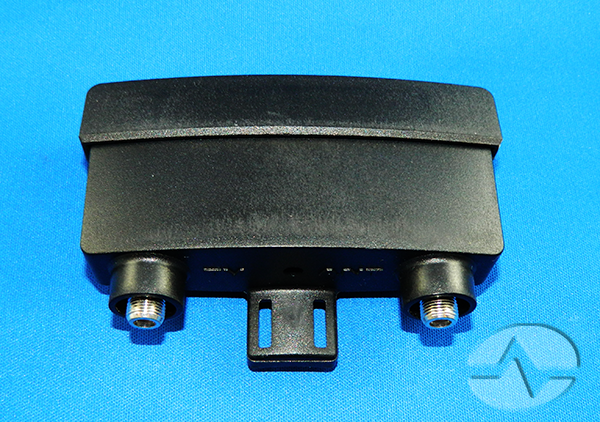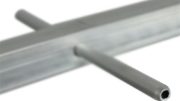Let’s say you wanted to put a pre-amp in your attic. Or, for that matter, any piece of electronic equipment. In most cases, that’s not a problem. But, before you start, there are some things to consider.
Do you even need a preamplifier?
TV signals in the US are digital. That’s important to know, because digital signals respond to amplification differently than analog ones. Where an analog signal can be fairly strong or fairly weak, a digital signal is made of ones and zeros. Of course, it’s on an analog carrier because in the real world there’s no such thing as a truly digital source. But that’s not the point here.
The point is that digital signal doesn’t benefit from amplication unless the signal level and the noise level are very similar. As long as a digital tuner can tell if it’s getting a one or a zero, it’s fine. The goal of an amplifier is to add more signal than noise, increasing the difference in signal levels between signal and noise. (This is referred to as the signal-to-noise ratio, or SNR.)
A preamp, or preamplifier, has one purpose. It helps to offset the signal loss and added noise of long runs. If the run from your attic antenna is under 50 feet, you probably do not need a preamplifier. Instead, choose a distribution amplifier which will help keep the signal level high as you split it out.
Adding an amplifier to an antenna that doesn’t need one generally doesn’t hurt anything, it just may not be the step you need to take.
Considerations for attic preamps
If you have determined that a preamplifier is for you, it should be mounted as close to the antenna as possible. This means in the attic in many cases, even if the antenna is on the roof. Here are two things to consider:
Access to power
While pre-amps can usually be plugged in downstairs, not every piece of equipment is designed to make things that easy. Most things need power, and most attics don’t have it. Before you plan on putting a lot of equipment up there, make sure you can plug it in.
Temperature
If a preamp or other equipment is designed to work outside, low temperatures probably aren’t an issue. If the equipment is designed to work inside, though, they might be. In either case, high temperatures are the real issue. Many attics reach temperatures above 120 degrees Fahrenheit. Some equipment isn’t rated to go that high. Most preamps will work with temperatures up to 140 degrees, but check out the specs on the specific equipment you want to buy.
Get the equipment you need from Solid Signal
Solid Signal is your source for over-the-air antennas and so much more. Shop now to find the best selection of the stuff you need to live your best digital life. But, the Solid Signal experience doesn’t stop at our award-winning web site. Unlike most e-commerce companies, we actually answer the phone! We have a full staff of trained techs in our Detroit-area corporate offices. We’re here during East Coast business hours and ready to help.
Call the experts at 888-233-7563 or, if it’s after hours, just fill out the form below. We’ll get back to you quickly!





